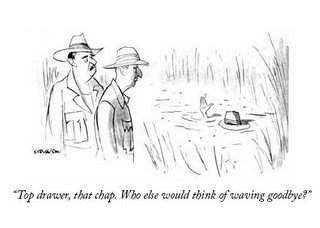Today July 29 2015 is 125th Death Anniversary of Vincent van Gogh
The epigraph in G A's 'Pinglavel' (पिंगळावेळ), 1977
तीर्थरूप आबांस,
डोळे उघडुन उठून बसत मी तुम्हाला नीट
पाहण्यापूर्वीच तुमची पाउले उंबऱ्याबाहेर
पडली होती.
(To father who is Equivalent-of-Holy-Water,
Before I opened my eyes and sat up to take a good
look at you your feet had crossed over the threshold)
I often wondered what those feet were like...
Artist: Van Gogh, September 1887
The epigraph in G A's 'Pinglavel' (पिंगळावेळ), 1977
तीर्थरूप आबांस,
डोळे उघडुन उठून बसत मी तुम्हाला नीट
पाहण्यापूर्वीच तुमची पाउले उंबऱ्याबाहेर
पडली होती.
(To father who is Equivalent-of-Holy-Water,
Before I opened my eyes and sat up to take a good
look at you your feet had crossed over the threshold)
I often wondered what those feet were like...
Artist: Van Gogh, September 1887









